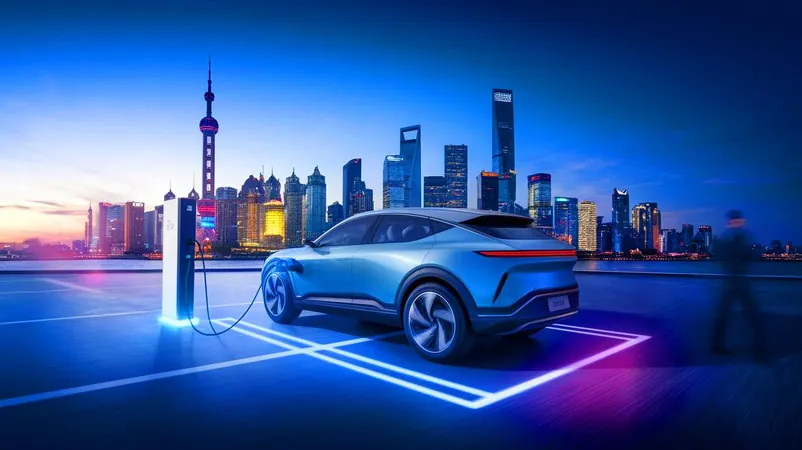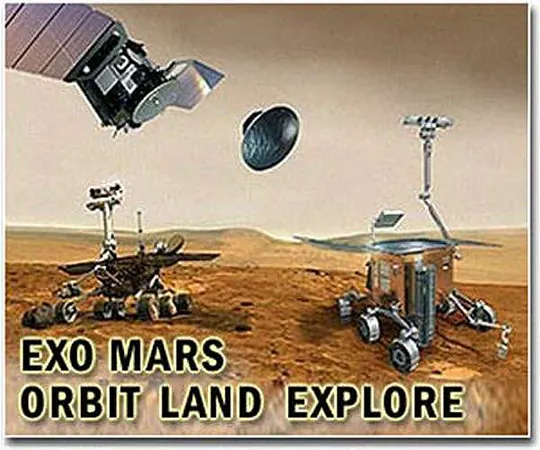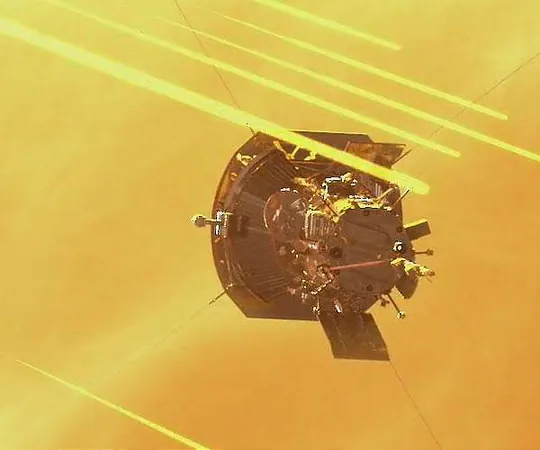
Revolution in Seconds: China's Groundbreaking Battery Material Set to Transform the EV Industry
2025-03-25
Author: Wei
In a remarkable advancement in battery technology, researchers from China have unveiled a material capable of drastically improving charging speeds without diminishing energy capacity or battery lifespan. This groundbreaking innovation, featuring niobium tungsten oxide (NbWO), holds the potential to reshape the electric vehicle (EV) market, where fast charging is increasingly vital. Let's explore the details of this revolutionary material and its implications for future tech.
The Science Behind Niobium Tungsten Oxide
The pursuit of quicker charging solutions has led scientists to investigate various materials, with niobium tungsten oxide emerging as a standout contender. The crystalline structure of NbWO allows for superior ion mobility, a crucial aspect for rapid charging capabilities. Researchers have demonstrated that the unique lattice arrangement of this material permits lithium ions to flow more freely, significantly reducing charge times while preserving battery longevity.
A key discovery relates to the behavior of lithium ions within the crystal structure under different charging speeds. During slower charge rates, ions align in specific patterns, creating structural distortions. In contrast, when charged rapidly, these ions adopt a more random distribution, which alleviates lattice stress, enabling swift charging. This insight emphasizes the critical role crystal structure plays in enhancing battery technology, paving the way for overcoming traditional limitations in charging speeds.
Advancements in Lithium Storage Mechanisms
A thorough understanding of lithium storage mechanisms in rapid-charging scenarios has been pivotal to the success of NbWO. Utilizing advanced electron microscopy, researchers have gained insights into the atomic-level behavior of lithium ions, leading to the development of batteries that charge significantly faster without sacrificing energy efficiency.
Employing an innovative interface engineering technique, the research team improved the mobility of desolvated lithium ions. This process minimizes the energy barriers associated with fast charging, resulting in a modified material—rGO/Nb₁₆W₅O₅₅—that can reach 68.5% of its theoretical capacity in just 45 seconds. Such impressive findings mark a substantial leap in battery technology, suggesting a future with significantly reduced charging times.
Performance and Potential of the New Material
Beyond its astonishing charging speed, this new material boasts commendable energy density and durability. In testing, batteries made with this advanced material maintained 77% of their initial capacity after undergoing 500 rapid charging cycles. They achieved an energy density of up to 406 watt-hours per kilogram during lower power demands while sustaining 186 watt-hours per kilogram under high-output conditions. These results not only confirm the material's suitability for fast charging but also its promise for high-energy demanding applications.
However, while the prospects are exciting, there are still considerable technical challenges to address before this technology is ready for commercial release. The uses of this revolutionary material reach far beyond electric vehicles; its rapid charging capabilities could also greatly enhance other sectors that depend on lithium-ion batteries, thereby broadening the horizon for energy storage solutions.
Future Implications and Open Questions
The implications of this breakthrough are extensive. As the need for rapid charging solutions escalates, particularly within the context of electric vehicles and portable electronics, materials such as niobium tungsten oxide are set to play a crucial role in meeting this demand. The ability to charge batteries swiftly without compromising their capacity or lifespan could redefine charging protocols, making electric vehicles more viable and user-friendly.
Nonetheless, many questions linger regarding this emerging technology. How will NbWO perform in practical applications? What are the environmental impacts associated with the production and disposal of such materials? As researchers continue to address these inquiries, the answers will shape the future of fast-charging battery technologies. Can we expect a wave of further innovations as this field progresses?
Stay tuned as we follow this groundbreaking development that promises to change the landscape of energy storage forever!


 Brasil (PT)
Brasil (PT)
 Canada (EN)
Canada (EN)
 Chile (ES)
Chile (ES)
 Česko (CS)
Česko (CS)
 대한민국 (KO)
대한민국 (KO)
 España (ES)
España (ES)
 France (FR)
France (FR)
 Hong Kong (EN)
Hong Kong (EN)
 Italia (IT)
Italia (IT)
 日本 (JA)
日本 (JA)
 Magyarország (HU)
Magyarország (HU)
 Norge (NO)
Norge (NO)
 Polska (PL)
Polska (PL)
 Schweiz (DE)
Schweiz (DE)
 Singapore (EN)
Singapore (EN)
 Sverige (SV)
Sverige (SV)
 Suomi (FI)
Suomi (FI)
 Türkiye (TR)
Türkiye (TR)
 الإمارات العربية المتحدة (AR)
الإمارات العربية المتحدة (AR)